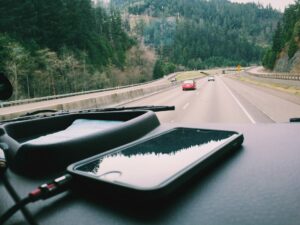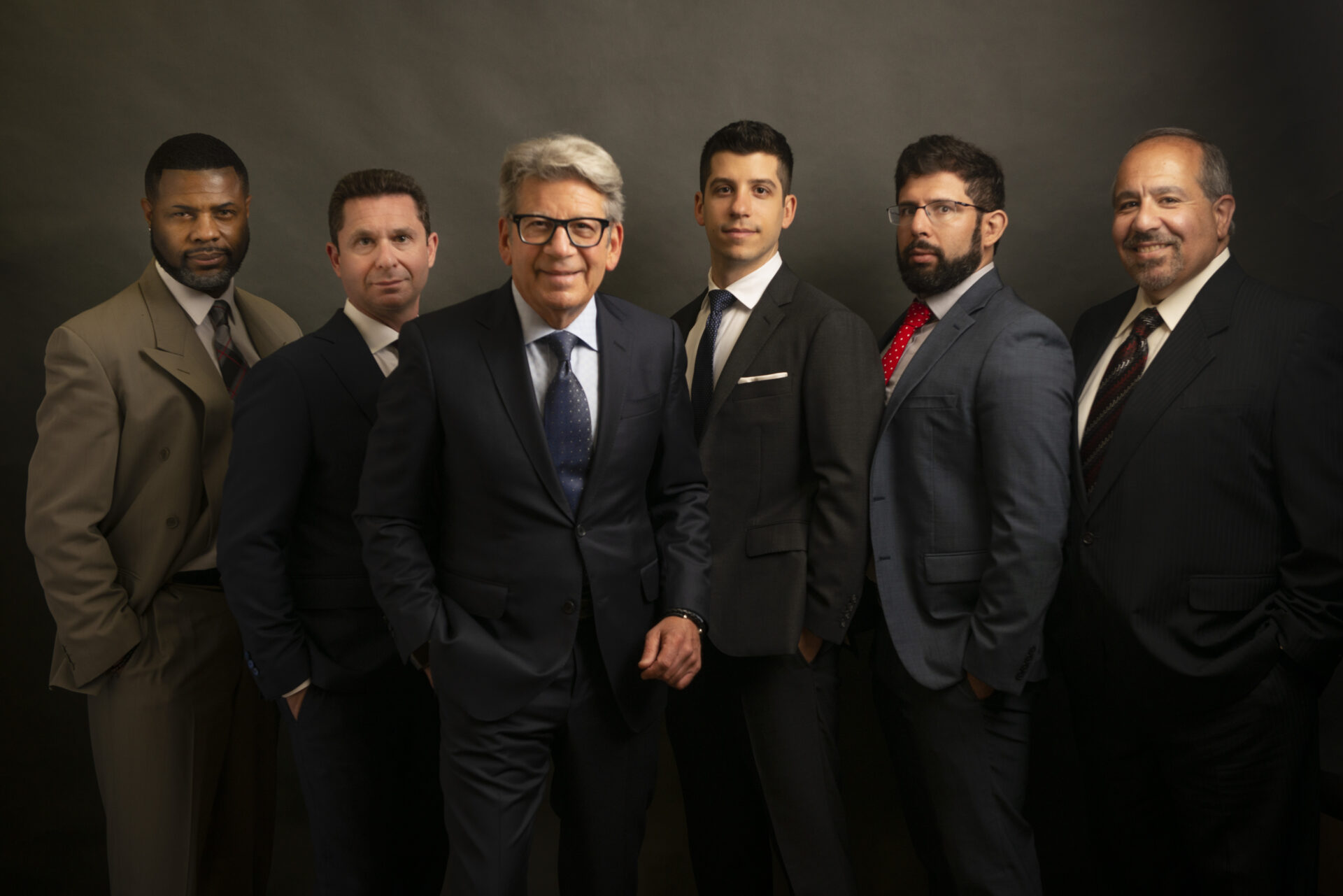
It’s summer, school is out, and it’s time to hit the road to visit friends, family, or to vacation with those in your household. Whether you’re headed upstate or across the country, ensuring your vehicle is prepared for your trip is just as important as packing your bags and drawing up an itinerary. To help keep those in our community safe on the road this summer, the New York and Long Island injury lawyers of Finz & Finz, P.C. have provided the following checklist for you to follow before packing up and heading out:
Preparing Before a Road Trip
Before any road trip, you should:
- Put Together a Survival Kit. It may sound dramatic, but it’s important to plan for emergencies. Make sure that your car is stocked with water, snacks, medicine, jumper cables, a toolbox for car repairs, a tire pressure gauge, tire changing tools including a car jack, flares, cell phones and chargers, maps or a GPS, and a stocked first aid kit.
- Make sure your vehicle isn’t overloaded. Every vehicle has a weight capacity, and road trips can require a lot of luggage. Make sure that you don’t overburden your vehicle by taking too much stuff with you.
- Use straps to tie heavy items down to the top of your car or the bed of your truck. If you suddenly have to come to a stop because of a road hazard or traffic situation, you want to make sure that any luggage you’re taking with you doesn’t shift. This includes large or heavy luggage inside the vehicle as well.
- Change or top-off the oil. Running out of oil can ruin your car’s engine. If you’re due or nearly due for an oil change, go ahead and have it changed or change it yourself. If you recently had the oil changed, top your engine oil off with the appropriate type of oil.
- Tune up the vehicle. Whether you take the vehicle to a shop or perform the tune-up yourself, make sure that your brakes are working properly and that your tires, fuel filter, A/C, belts, and fluids are all checked and in good order.
- Check your pressure. Using a tire pressure gauge, test each tire to ensure that it is filled with the proper amount of air. You can usually find the PSI on the tire itself. If your tire lacks air pressure, be sure to add some air to it at a service station before taking off.
- Inspect the windshield. If you have a crack in your windshield, even if it’s a small chip, have it patched or replace the windshield before the crack expands. It’s best to have it repaired before you embark on a long trip and the problem gets worse on the road.
- Test the battery. Ensure that your alternator is charging the battery and that the battery is fully charged. Take jumper cables with you if you need to jumpstart your vehicle at some point on your trip.
- Make sure you are well-rested. Fatigued and drowsy driving can lead to accidents. Get a good night’s rest before you begin your road trip so that you are alert on the road.
- Program your GPS before you head out. Handling your GPS while driving is dangerous, as it can distract you from the task of driving. Set your GPS to your destination before you start your journey.
Roadtrip Driving Safely Checklist
While on your trip, remember to:
Buckle up! Make sure that you and any passengers you are traveling with all keep your seatbelts firmly fastened while the vehicle is in motion. If you’re traveling with any kids under the age of 13, they should ride in the backseat. If your child still uses a car seat, make sure that the car seat is properly secured and facing the correct way.
Follow all applicable traffic laws. No matter which state you pass through, many of the traffic laws you’re used to will be the same. Make sure that you:
- Yield the right-of-way when you turn off a roadway or pass through an intersection.
- Come to a full stop at stop signs and red lights, and don’t attempt to speed through an intersection.
- Don’t speed. Pay attention to speed limit signage because it can change at any time, especially if you aren’t traveling on a major interstate.
- Notify other drivers of your intention to enter or exit a freeway or to change lanes.
- Watch out for motorcycles, bicycles, and pedestrians. Drivers sometimes fail to notice motorcycles, bikes, and pedestrians because they are focused on other vehicles, so be sure to keep your eyes peeled for pedestrians crossing roadways or at crosswalks, as well as motorcycles, mopeds, and bicycles traveling near you.
Don’t get distracted. Distracted driving is the most common cause of traffic-related accidents in the United States. Some types of distracted driving include:
- Texting while driving
- Using a GPS while in motion
- Talking on the phone
- Adjusting the radio
- Eating and drinking
- Daydreaming
- Grooming
- Playing road games with other passengers
Protect your kids. If you are traveling with your kids, never leave them unattended in your vehicle, especially if the vehicle is off and the windows are up. 53 children tragically died of heatstroke in preventable hot car accidents in 2018 and 2019, according to a National Highway Traffic Safety Administration study. Keep your kids safe by making sure that an adult is present at all times.
Don’t drink and drive. Vacations are for having fun and enjoying yourself, but never drive after you’ve been drinking, especially if you are carrying passengers. Not only is it a danger to you and those you are traveling with, but it’s hazardous for other drivers, cyclists, and pedestrians you share the road with.
Injured in an Accident? Finz & Finz, P.C. Can Help
We hope that everyone who decides to travel this summer has a safe and enjoyable road trip. If you find yourself injured due to someone else’s negligence, know that we’ll be here to help!
At Finz & Finz, P.C., our personal injury lawyers are passionate about fighting for those who’ve been hurt in New York and Long Island. We will work hard to help you get the fair compensation you deserve. Our consultations are 100% free and confidential, so call us at 1-855-TOP-FIRM today to speak with a knowledgeable New York City car accident lawyer right away.





























